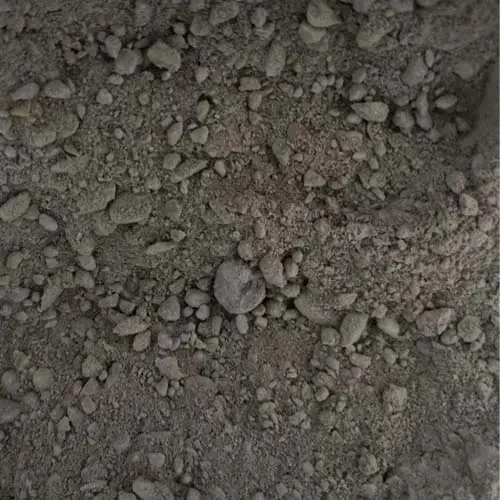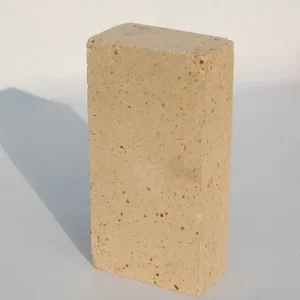The process of manufacture of High Alumina Cement is different compared to that of ordinary portland cement. Bauxite and lime are used as the raw material. The raw materials are mixed in the required proportion and grinded into small fragments of 100 mm. These lumps are fed in kiln and heated up-to their fusion point which is 1600°C. The molten material fall down on the steel plate and it is send to cool down in rotary kiln. These clinkers are then grounded finely in tube mills unto the fineness not less than 2250 cm2/gram is achieved.
How to make High Alumina Cement
Manufacturing alumina refractory cement differs from the production of ordinary concrete. This is because it essentially uses bauxite and lime as the raw material.They are mixed following the set amounts which will be grounded into 100mm fragments. Then, the fragments enter a kiln to heat up to its fusion point (1600°C). The molten product is then transferred down a steel plate to cool in a rotary kiln. Afterward, it is finely grounded into tube mills until the product is at 2250cm²/gram.
High Alumina Cement Advantages
The advantages of High Alumina Cement are as follows,
1.Due to the more setting time, time for mixing and placing is more.
2.The resistance for the chemical action is good.
3.Can withstand high temperature.
4.Frost action is low as the heat evolved is more during setting.
5.High alumina cement is very reactive and has very high compressive strength.
6.High resistant to fire.




Reviews
There are no reviews yet.